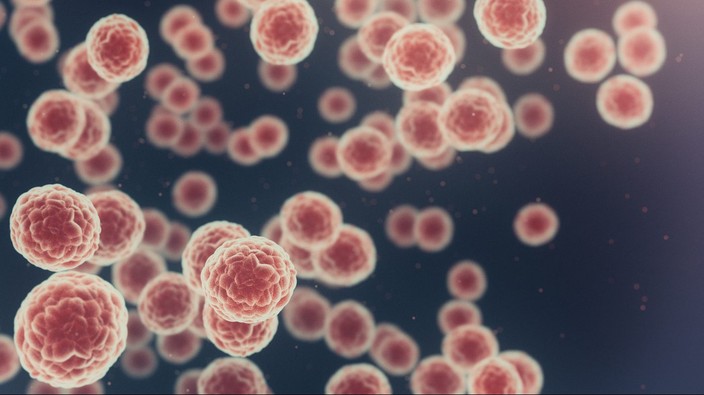diagnosed with glioblastoma at 47: 'a brain cancer diagnosis can bankrupt families'
adam fanaki lived with aggressive brain cancer for three and a half years, surpassing the typical 15 to 18 month survival rate.
could electricity be the next treatment for brain cancer?
patients who wore a device that uses electronic field to stop cancer growth, along with standard therapy, lived an average of 30 to 50 per cent longer than those who didn't.
former spouses, same rare brain cancer: they don't think it's a coincidence
they were both diagnosed with a rare and deadly brain cancer within two weeks of each other.
 2 minute read
2 minute read









